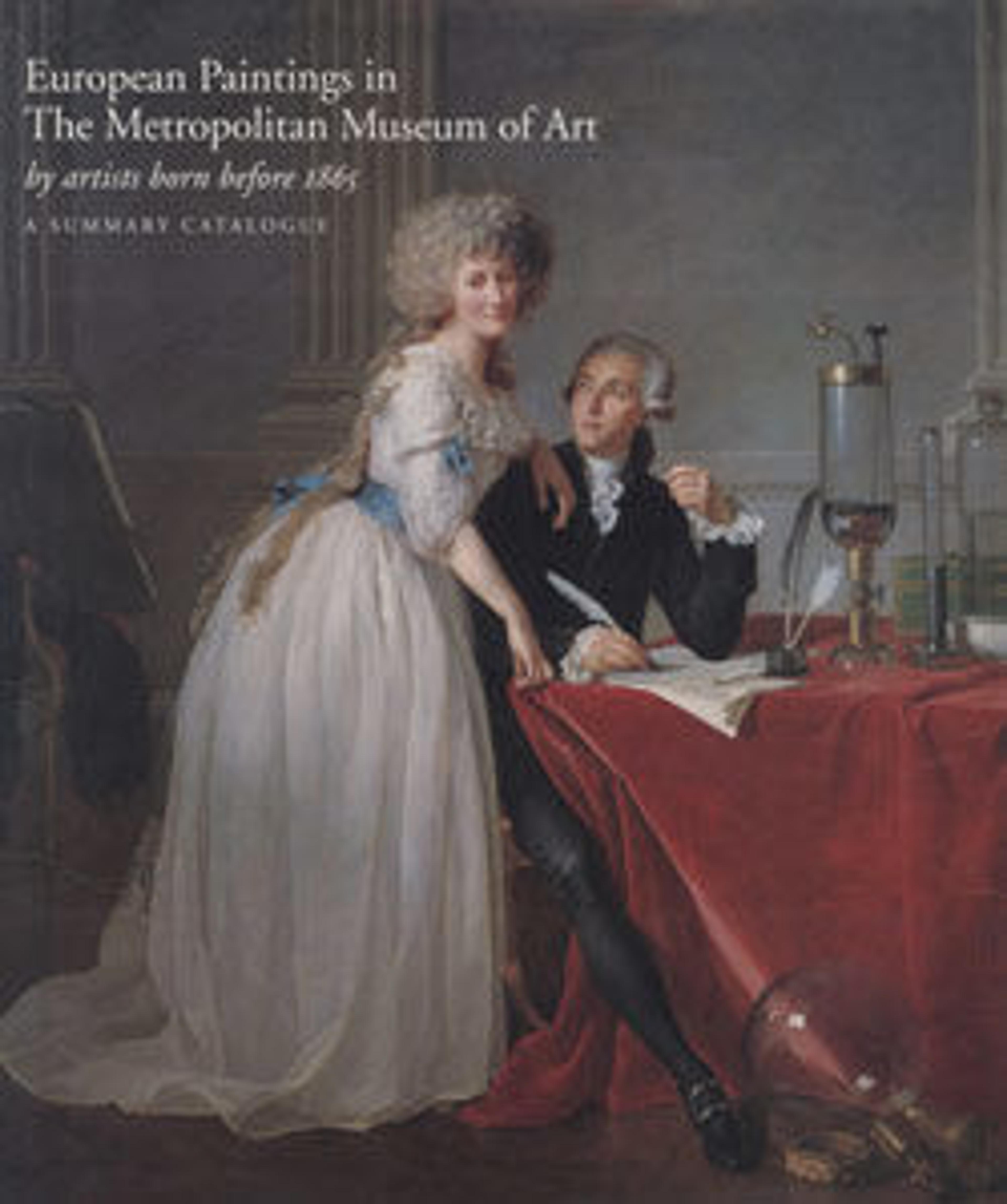Graziella
Graziella is the title character of a novel by Alphonse de Lamartine that recounts the tragic affair between a young French man and the beautiful granddaughter of a Neapolitan fisherman. At the end of the story, the heroine dies of grief when her lover is forced to abandon her. Lefebvre portrays Graziella mending a fishing net as she gazes over the sea at the distant smoldering profile of Mount Vesuvius. The red flower petals that have drifted from her hair onto the ground evoke the waning of the couple’s passion and her imminent collapse.
Artwork Details
- Title: Graziella
- Artist: Jules-Joseph Lefebvre (French, Tournan 1836–1912 Paris)
- Date: 1878
- Medium: Oil on canvas
- Dimensions: 78 3/4 x 44 1/4 in. (200 x 112.4 cm)
- Classification: Paintings
- Credit Line: Catharine Lorillard Wolfe Collection, Bequest of Catharine Lorillard Wolfe, 1887
- Object Number: 87.15.111
- Curatorial Department: European Paintings
More Artwork
Research Resources
The Met provides unparalleled resources for research and welcomes an international community of students and scholars. The Met's Open Access API is where creators and researchers can connect to the The Met collection. Open Access data and public domain images are available for unrestricted commercial and noncommercial use without permission or fee.
To request images under copyright and other restrictions, please use this Image Request form.
Feedback
We continue to research and examine historical and cultural context for objects in The Met collection. If you have comments or questions about this object record, please contact us using the form below. The Museum looks forward to receiving your comments.
